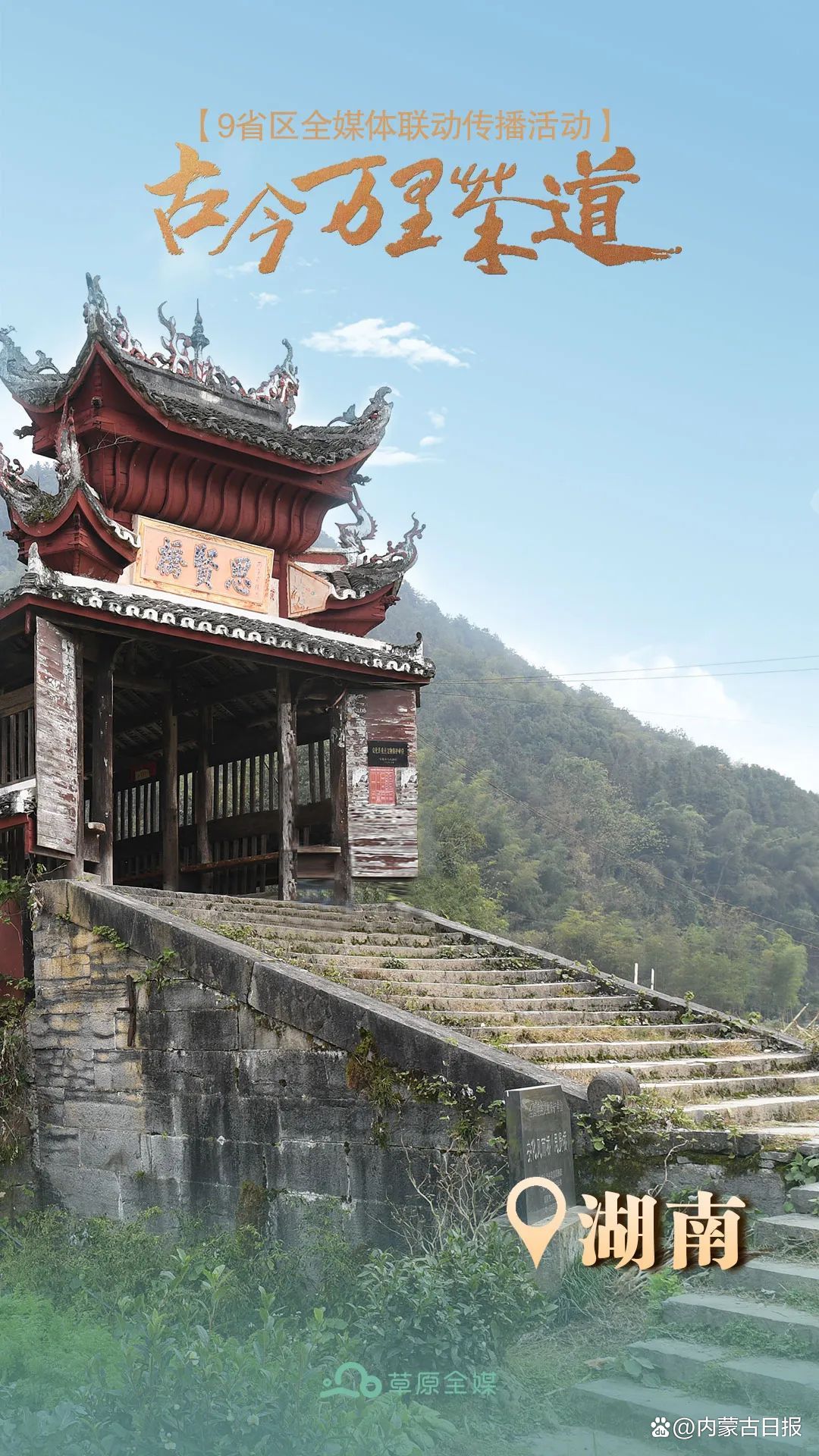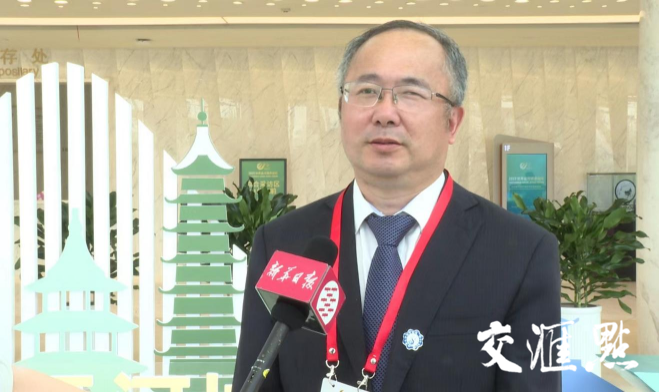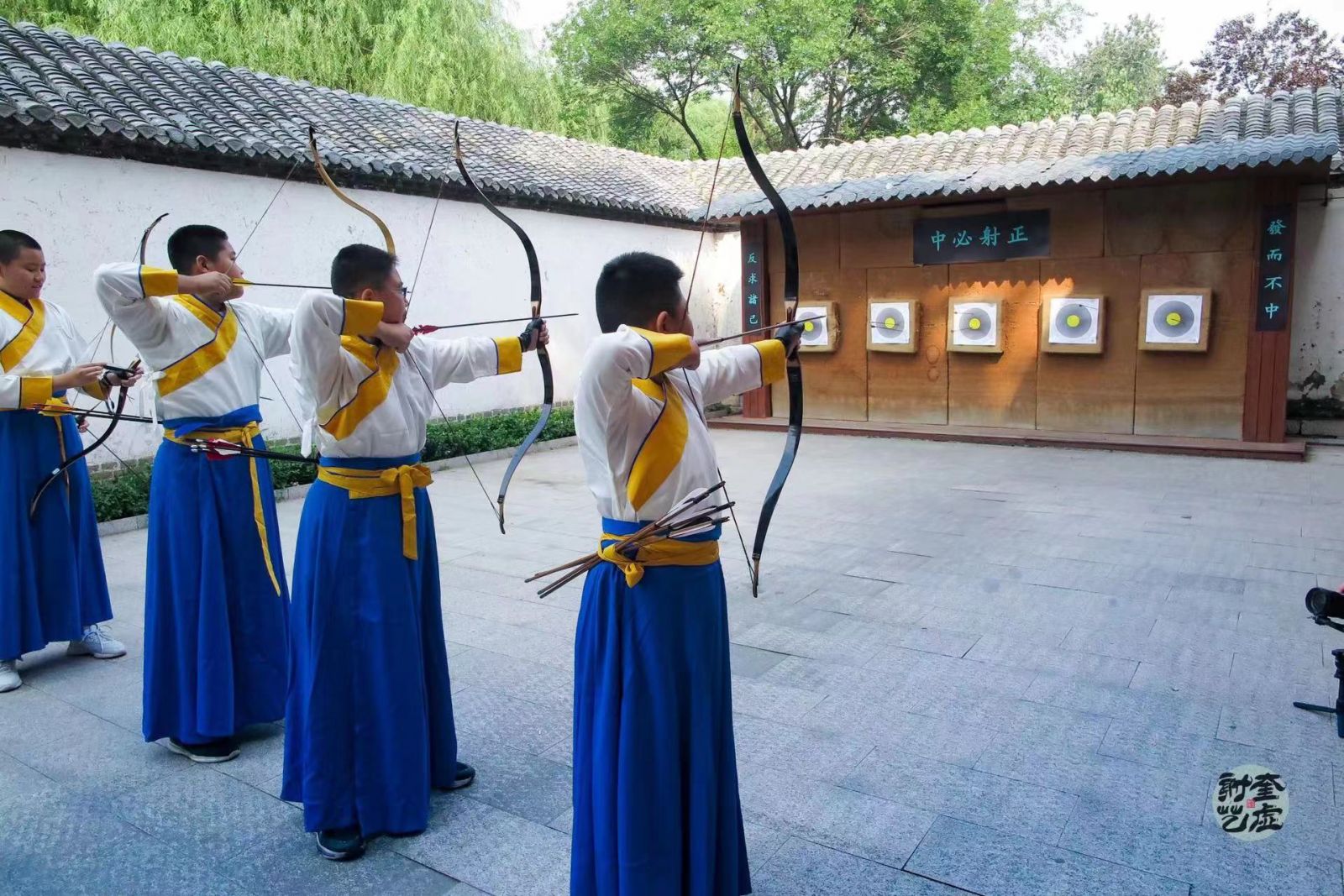Wanli Tea Ceremony
Author:Inner Mongolia Daily Time:2022.09.18

In the early autumn, Songya Lake, Changsha County was lush. Among the International Friendship Forest of the Lake, the "Sino -Russian Wanli Tea Ceremony -Zero starting point of Changsha City" stands quietly.
In December 2013, the 102 -peak camel from Inner Mongolia passed the Xiangjiang River calmly. The enthusiastic Changsha people held a grand entry ceremony to welcome the ceremony, and the sign of the sign was standing.
The long -distance trapped camel, giving up black tea in Changsha, and reopening thousands of miles to awaken people's historical memories of the ancient road.
Wanli tea ceremony is endless. Hunan uses tea as a media business trip, and has risen to open a new highland.

No.1
"Heritage Corridor"
That year
The Wanli Tea Ceremony was the transportation of 9 provinces of the 9 provinces of the 17th century to the beginning of the 20th century from the transportation of Fujian, Jiangxi, Anhui, Hunan, Hunan, Hubei, Henan, Shanxi, Hebei, and Inner Mongolia. European trade channels are another important international business lane after the "Silk Road" across Asia and Europe.
"Along the Wanli Tea Ceremony, open up China -Mongolia and Russia, Hunan just do the" Belt and Road "." Relevant experts in Hunan Province believe that the Hunan section of Wanli Tea Ceremony is mainly the first line of the hole, Xinhua, Anhua, Ningxiang to Linxiang, and is well -known nationwide. Tea Township. In recent years, Hunan has created "Colorful Hunan Tea". Black tea, black tea, green tea, flower tea and other products are fragrant. The ancient Wanli Tea Ceremony has once again become an important channel for Xiangcha exports.
Liu Songhua, an associate researcher at the Institute of Hunan Provincial Institute of Cultural Relics and Archeology, said that along the Hunan section of Wanli Tea Ceremony, Chashan, Tea Style, Tea Stele, Tea Pavilion, Fengyu Bridge, Guanzhang, Warehouse, Pier, Guild Hall, etc. "Heritage Corridor" that constitutes Wanli Tea Ceremony.
The Anhua Grasson Tiandao, Shiqiao, Cha Ting, Donate, and Forbidden Monument has many cultural relics. The stone checkerboard on the stone road was faintly seen that the tea dealer Jia had played fun at that time; the poem monument engraved the poem "Morning to wear bitter fog deep, night baking new fire", which revealed the difficult tea between the words.
In the Jin Shang Culture Museum of Qixian, Shanxi Province, the "Merchants Essentials" records the specific matters of Qixian tea merchants to Anhua to run tea. According to relevant records, the tea merchants from Qixian, Shanxi Province to Anhua Cai to run black tea, can be counted from the Qing Jiaqing period until the founding of New China in 1952, reaching more than 150 years.
Xinhua's tea began in the Tang Dynasty, flooded in the Qing Dynasty, and flourished in the Republic of China. It has developed more than 1,200 years. During the heyday, the annual production of tea reached more than 100,000 yuan, and Xinhua black tea went to the world along the thousand miles of tea ceremony.
According to the "Xinhua County Chronicle", since the Jiajing of the Ming Dynasty, the level of tea taxation of tea collection in Xinhua has set up taxes on the upstream of Xinhua County and county tea in Xinhua County abovestream. In the late Qing Dynasty, Xinhua had 488 tea pavilions, and there were as many as 21 tea pavilions in Fuxi Village in the north of the county.
Yueyang Linxiang Nie City Old Street, the remaining Jin merchant tea stores left in the front pavement and back house pattern; The cultural relics and other cultural relics of copper rods reflect the prosperity of the tea market.
According to "China Industry": During the Republic of China, there were 14 tea houses, 10 Yanglou Chiefs, and 6 five miles. There are 360,000 silver, with an annual output of about 5,600 tons of green brick tea.
At that time, Yongju Teafang made green brick tea, and the box was carried to the water road. The Nieshi River entered the Yangtze River via Huanggai Lake through the Huanggai Lake, and then went ashore to the mouth of the old river from Hanshui to Datong, Shanxi. , Arrive in Kuron (now the capital of Mongolia, Ulan Bato), to Chaktu on the China -Russia border.
Yong Juyi's green brick tea, the wind and clouds on the Wanli Tea Ceremony, left a lot of legendary stories. "Western Xue Dong Ji Ji Ji" is recorded.
No.2
Tea
"Looking north"
In the season of Bailu, the newly reduced tea merchants of "Lake Red" are in full swing. The tea caravan organized by the county party committee and county government will start the promotion activity of "Return to the Northwest of the Northwest of the Tea Ceremony".
Last year, the "Xinhua Black Tea" group participated in the Inner Mongolia International Cultural Tourism Industry Expo, Xinhua Mountain Song, Tea Art Exhibition and other cultural elements, which were warmly welcomed by the people of all ethnic groups in Inner Mongolia.
Jiang Shixing, the leader of the Tea Industry Leading Group of Xinhua County, introduced that Xinhua and Tea Shang Road in Inner Mongolia have a long history. Today, we have taken the thousand miles of tea roads to promote the development of Xinhua black tea industry, and use tea as a matchmaker to set up a friendship bridge, which is of great significance to promote economic and trade development.
Over the years, Yongju Tea Company, a subsidiary of Hunan Tea Group, has been working on the tea market in Inner Mongolia. In recent years, the tea factory has a new tens of thousands of tons of Dongting green brick production line, with an annual production capacity of more than 20,000 tons. It is mainly supplied to the northern regions such as Inner Mongolia. It exports Mongolia and Russia along the Wanli Tea Ceremony, which is converted to the EU for more than 10 million US dollars.
Anhua Black Tea has a long history. Due to the effects of eliminating food and greasy, clearing heat and detoxifying, it has always been loved by the people of all ethnic groups in the frontier regions and has become the main product on Wanli Tea Ceremony.
Today's Anhua Black Tea, Baishaxi, Anhua Tea Factory and other old -fashioned production capacity improvement, promoting standardized production, while maintaining the traditional flavor of black brick tea, the new trend of international tea drinks, developing fast -moving tea that is convenient for carrying and tasting. It mainly attaches markets such as Russia, Mongolia, Central Asia, and the European Union, leading the new trend of black tea consumption.
No.3
Rise
New highland
In October 2018, the 6th China -Mongolia -Russian Wanli Tea Ceremony Forum opened in Anhua County, Hunan Province, Hunan Province, China. , Corporate representatives, etc., do business for practicing the “Belt and Road” initiative and promoting the Wanli Tea Channel application. Hunan Province is one of the oldest tea producing areas in China and one of the main sources and starting sections of Wanli Tea Ceremony. Hunan tea represented by Anhua Black Tea, the international trade has a long lasted time, the production and sales of tea are large, and have a profound impact on the lives of people along the route.
At the forum, the theme of the Anhua County Party Committee and the County Government carried out a series of activities with the theme of "open innovation -a new era of welcoming the Wanli Tea Ceremony", which has deeply rooted in the tea industry.
Wanli Tea Ceremony is another important international business after the Silk Road. In order to thoroughly tap the cultural heritage of Wanli Tea Ceremony and promote the prosperity and development of the culture, tourism, economy and trade of cities along the line, the tea industry in Hunan Province actively acts, and cities along the line are strived to seize business opportunities and create a more open stage.
Each black tea factory under Hunan Province's Hunan Tea Group attaches great importance to the northern market. The Yiyang Tea Factory, Baishaxi Tea Factory, and Yongju Tea Factory will carry out activities along the Wanli Tea Ceremony each year to participate in the Inner Mongolia Grassland Cultural Festival. The strength of the big investment promotion, Hunan Black Tea has been favored among the people of all ethnic groups in Inner Mongolia.
Xiaoxiang Tea Industry, a subsidiary of Hunan Tea Group, focuses on flower tea and expands the northern market. Xiaoxiang flower tea has become a well -known flower tea brand connected to China, Mongolia and Russia; represented by Xinhua black tea, Hunan black tea "singing red" Inner Mongolia grassland culture festival, the influence is increasing increasingly ; Xiaoxiang Green Tea and Yueyang Yellow Tea have taken 10,000 miles of tea ceremony, and the market share in the north has continued to increase. (Hunan Daily reporter Li Weifeng Zhang Shangwu)
Planning: Zhang Jun in Ma Shaolin and Li Xia
Supervision: Pang Junfeng Liang Liang Cui Nan Zhao Jing
Coordinating: Zhao Wencui
Edit: Ma Fang
Design: Jiang Fang Crown
Source: grassland all media
- END -
What is the essence of the Grand Canal culture?How to inherit the canal culture?They say that

Celebration of Mid -Autumn Festival Gold Celebration Reunion

Popular Network · Poster Journalist Zheng Hao Jinan ReportOn the Mid -Autumn Fest...